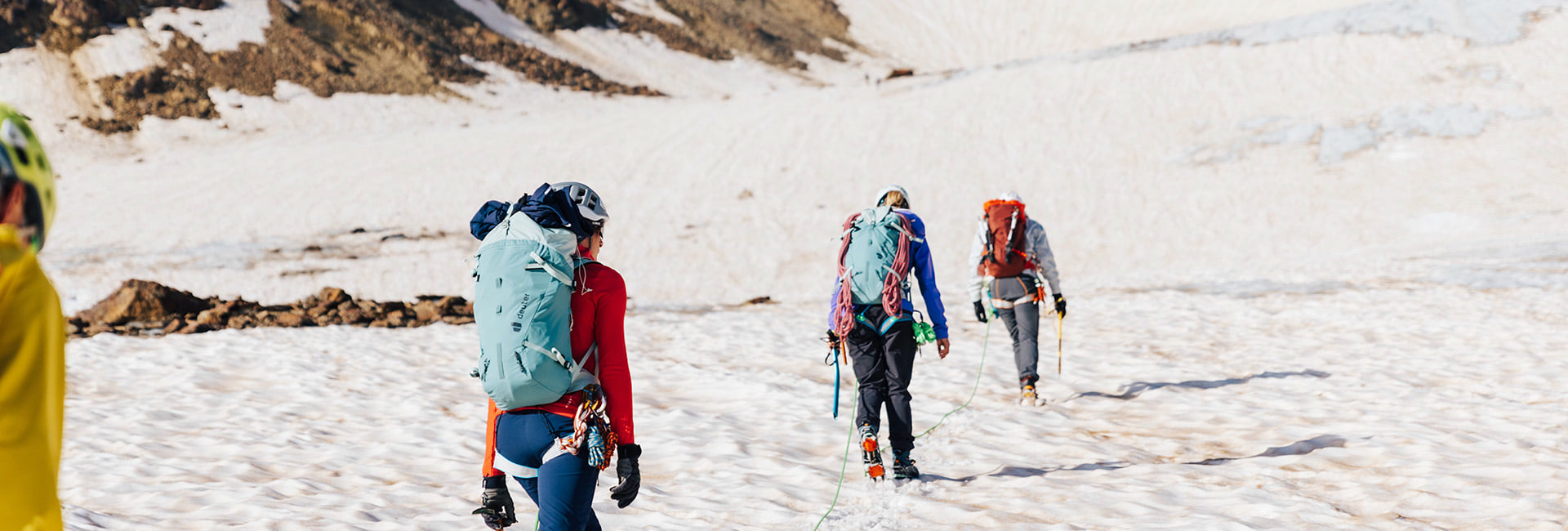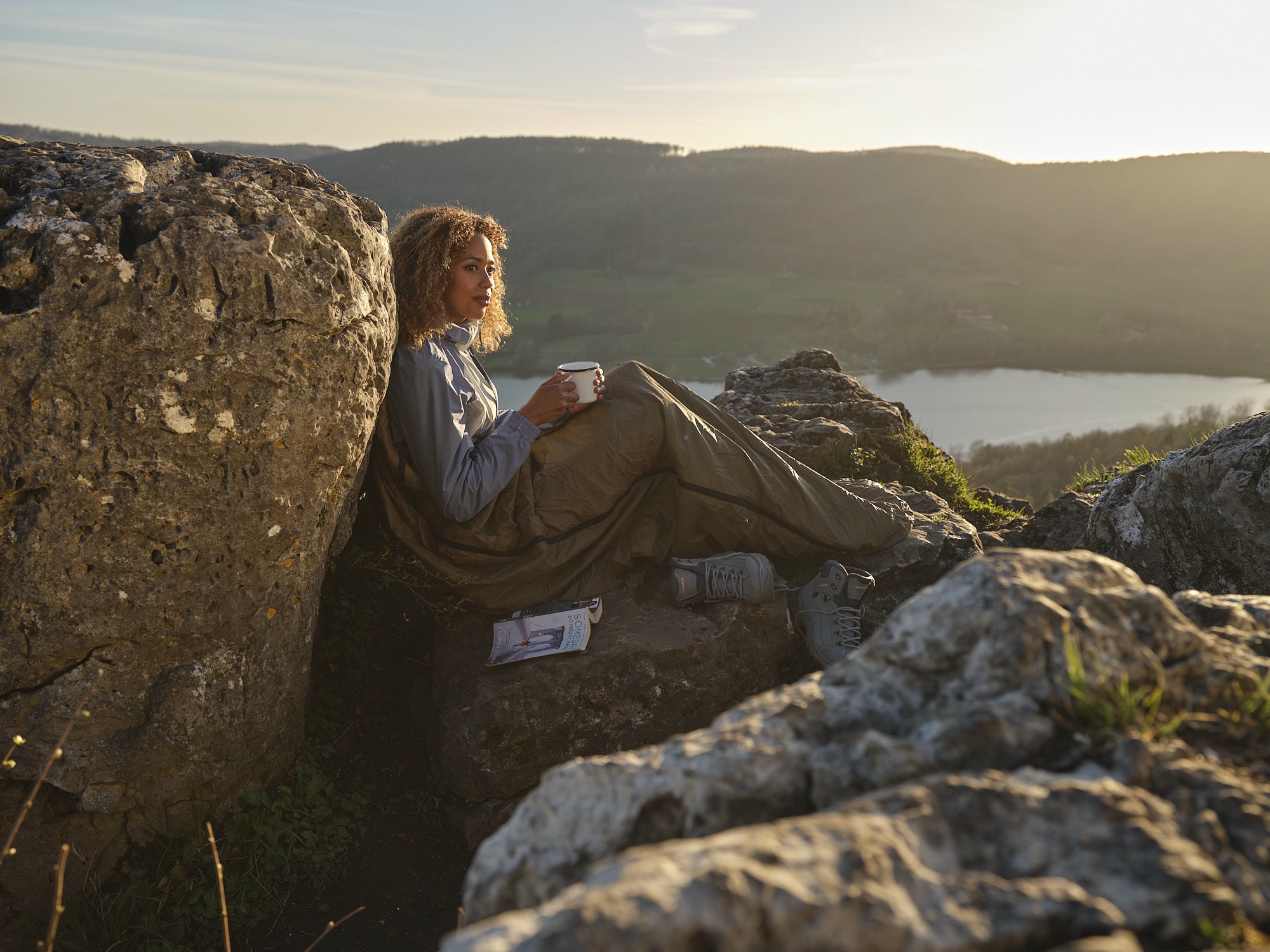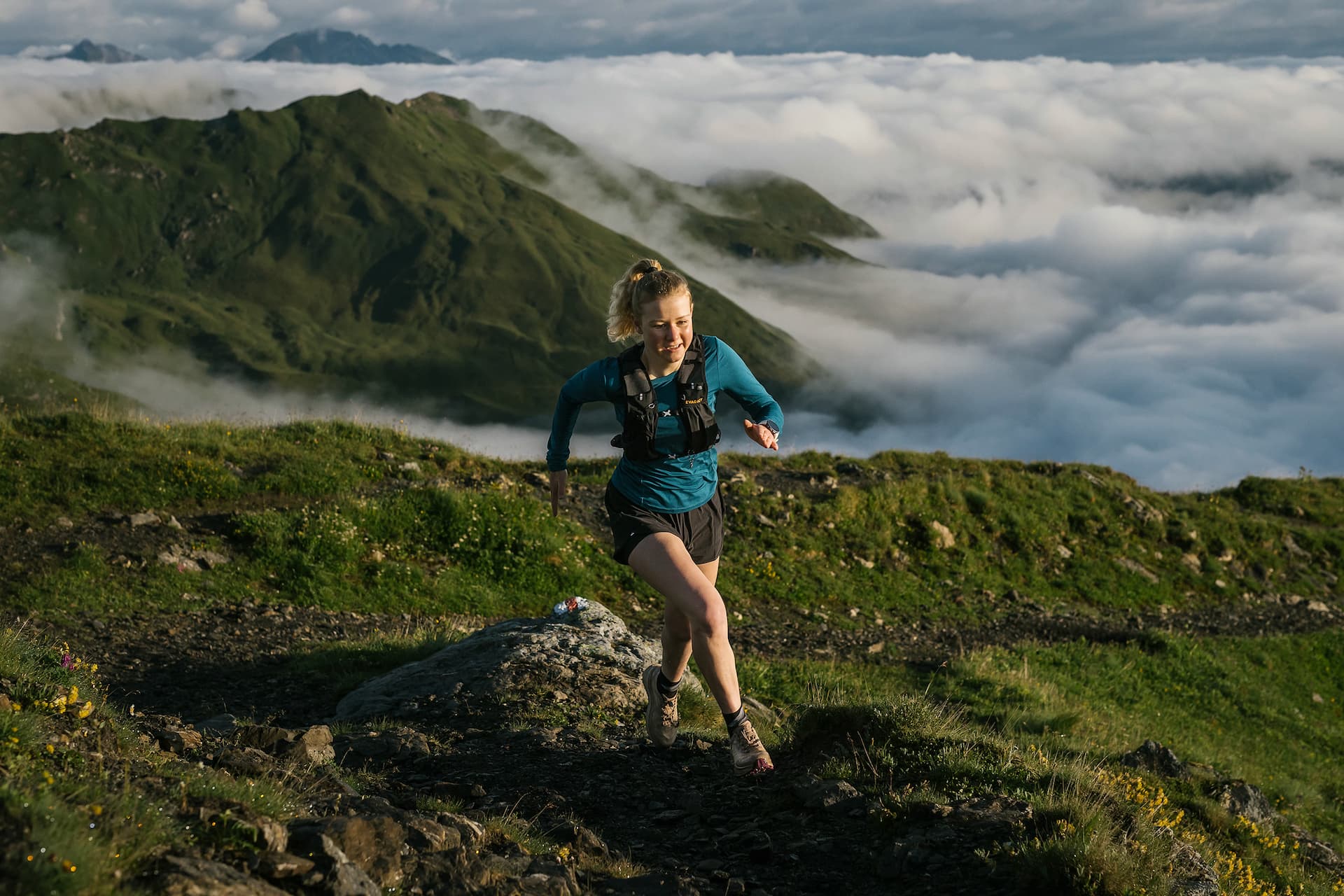We've all learnt it once and we do it almost every day: tying our shoes. Most of the time we don't even have to think about it. So what's so special about lacing up hiking boots?
Even more important than in everyday life is the right fit in your shoes. Hiking boots need to fit well and firmly so that you have a good grip. Stumbling on exposed paths could quickly lead to dangerous situations. And that's really nothing new: you're more likely to trip in loose-fitting shoes!
Laces can be an additional tripping hazard. You should therefore bear the following in mind when tying your laces:













































